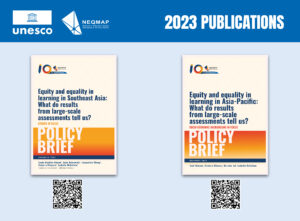Fuelled by advanced technology and economies, today’s world is rapidly changing. Skills such as critical thinking, creativity, collaboration, communication, and information technology literacy are in high demand. But how are countries integrating these skills and competencies into practice? Two examples from Thailand and Indonesia were presented at a recent webinar organised by UNICEF East Asia & Pacific Regional Office (EAPRO) in collaboration with UNESCO’s Network on Education Quality Monitoring in the Asia-Pacific (NEQMAP) on Developing Curriculum and Assessment Systems for 21st Century Skills, on 10th of September 2020.
The webinar brought together education stakeholders and policy makers from both countries to strengthen their understanding of competency-based frameworks across curriculum and assessments. Education experts from Hong Kong, SAR China and Australia also shared their views and experiences. Questions raised in the discussion included how to best develop curriculum and assessment frameworks to promote 21st Century Skills, how to integrate these frameworks into practice, and what are the remaining gaps that countries need to address.

Figure 1: Conceptual frameworks from Hong Kong, Indonesia, and Thailand‘s presentations
Alignment of competency-based learning, from curriculum to teaching and assessment
“Curriculum and assessment cannot be separated. The alignment of all three learning components is key.” Dr. Esther Care, Professorial Fellow at the University of Melbourne, Australia stated. From the design of competency-based curriculum, education policy makers need to consider well-planned strategy for integration, which includes the alignment of all learning components (curriculum, pedagogy and assessment) in the system as a whole.
To this point, the design of the competency framework is key, and needs to be connected to each learning component. The experience of Hong Kong’s education reform is a good example. Dr. Catherine Chan, Professor of Practice at Hong Kong University, from Hong Kong SAR China reflected that, “having well defined selected skills and (to) be able to put them in a bigger conceptual map means they (the skills and competencies) are connected.” A clear conceptual map of the skills and competencies allows for easier alignment and integration across textbooks, learning and teaching materials.
The connection between the desired competencies and learning assessment must also be clear. Education stakeholders should also take into account what to measure. For example, before the current reform process in Indonesia, assessments were highly focused on subject-based knowledge that evaluate cognitive aspects (i.e. literacy and numeracy foundational skills). The new shift, however, is to broaden the focus and include non-cognitive learning outcomes as well as assessment on the school climate. This covers the areas of school safety, as well as teaching and learning quality, such as how teachers engage with students’ needs and the disciplinary climate. In this way, schools aim to evaluate more holistically student-learning outcomes and encourage more positive learning outcomes.
The challenge for many countries when defining the selected skills and competencies is communicating and educating teachers on how to utilize them in teaching and learning. “Misalignment between curriculum reform and assessment will result in teachers’ struggle,” noted Dr. Phil Lambert, education consultant from Australia. Countries need to be prepared to build teacher’s capacity and strengthen pedagogical approaches alongside the development of the competency-based learning framework so that teachers are able to adapt their teaching skills accordingly.
Clear vision in the design of competency-based frameworks
There is no ‘one-sized fits all’ model in educational reforms. Countries will need to contextualise and frame the competency-based learning needs to their national priorities. However, the common lesson from the examples in Hong Kong, Thailand, and Indonesia is the need for a clear vision starting from the design of long-term planning strategy and prioritising specific and selected key competencies that are connected and aligned through all of the learning elements.
“…Countries seem to try to cover all skills as seen important in education systems. This approach can be quite overwhelming. A more sustainable approach is recommended, countries can focus on one or two skills to begin with, then develop and scale up horizontally across all key learning areas…” – Dr. Claire Scoular, Senior Research Fellow at the Australian Council for Educational Research, Australia.
Since education reform is about transforming structure, it cannot happen overnight. It needs a clear vision and long-term strategy to ensure competency-based learning is gradually and systematically integrated across the education system. As such, countries and their education systems will become more resilient to embrace the rapid changes and be able to equip their learners’ readiness for the 21st century’s demand.
Written by: NEQMAP Secretariat
The Network on Education Quality Monitoring in the Asia-Pacific (NEQMAP) welcomes and encourages countries in the region to showcase their national practices and experiences in integrating and developing their curriculum and assessment systems for the 21st Century Skills. Should your country or institute wish to engage more with the Network, please do not hesitate to get in touch with the NEQMAP Secretariat at neqmap@unesco.org.






